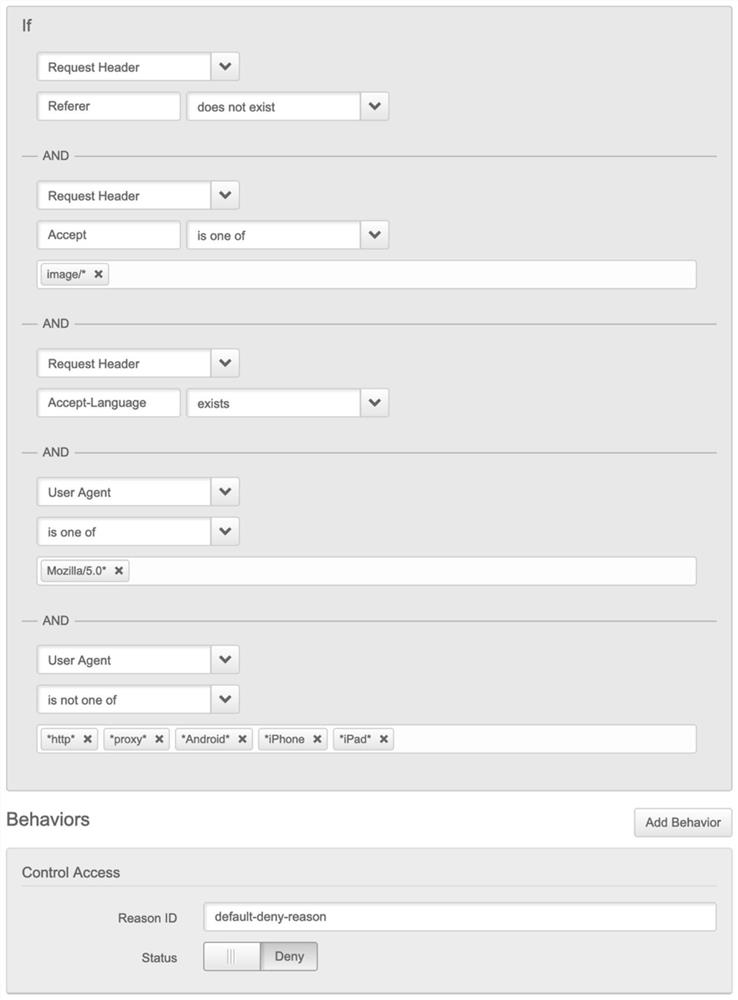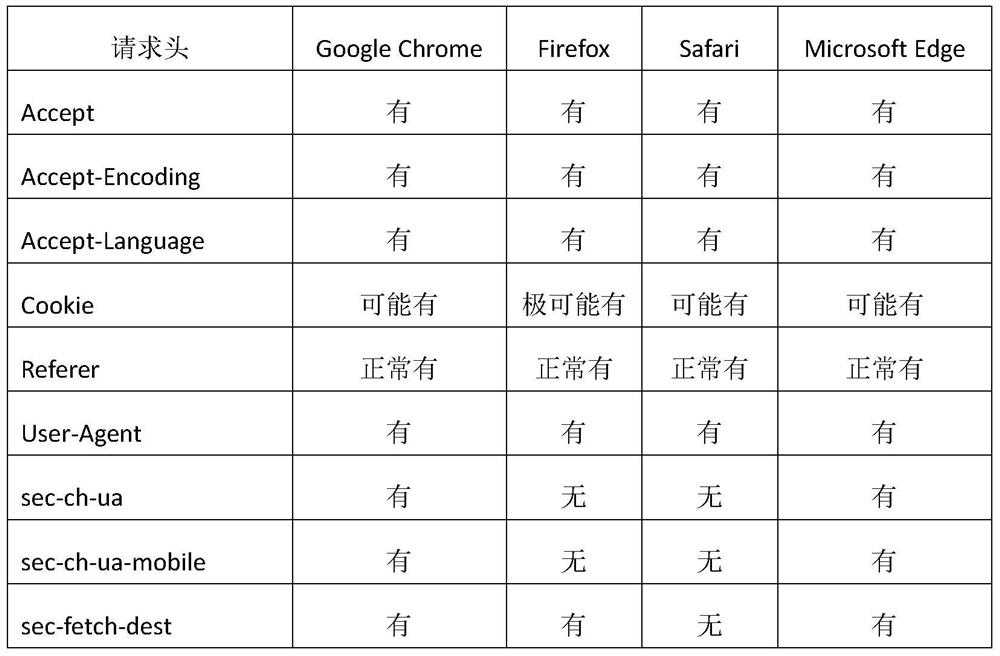Website picture anti-hotlinking method based on CDN
An anti-leech, picture technology, applied in the Internet field, can solve the problems of illegally stealing picture resources, accidentally injuring normal users, increasing the difficulty of pictures, etc., and achieving the effect of saving server resources
- Summary
- Abstract
- Description
- Claims
- Application Information
AI Technical Summary
Problems solved by technology
Method used
Image
Examples
Embodiment Construction
[0026] The present invention will be further described below in conjunction with accompanying drawing and exemplary embodiment:
[0027] For access to static resources, there are two access methods through the browser, one is direct access, and the other is embedded access. Usually, the HTTP request for direct access does not carry the Referer information in the request header, and the HTTP request for embedded access carries the Referer information in the request header. Static resource hotlinking occurs in embedded access. Since most embedded access requests carry the request header Referer, a small number of image resource accesses that do not carry the request header Referer are basically recognized as legitimate use. Resource theft creates conditions that most webmasters can't do anything about. The problem to be solved by the embodiments of the present invention is to identify the hotlinking mode of accessing images in a resource embedding manner in which common browser...
PUM
 Login to View More
Login to View More Abstract
Description
Claims
Application Information
 Login to View More
Login to View More - R&D
- Intellectual Property
- Life Sciences
- Materials
- Tech Scout
- Unparalleled Data Quality
- Higher Quality Content
- 60% Fewer Hallucinations
Browse by: Latest US Patents, China's latest patents, Technical Efficacy Thesaurus, Application Domain, Technology Topic, Popular Technical Reports.
© 2025 PatSnap. All rights reserved.Legal|Privacy policy|Modern Slavery Act Transparency Statement|Sitemap|About US| Contact US: help@patsnap.com



